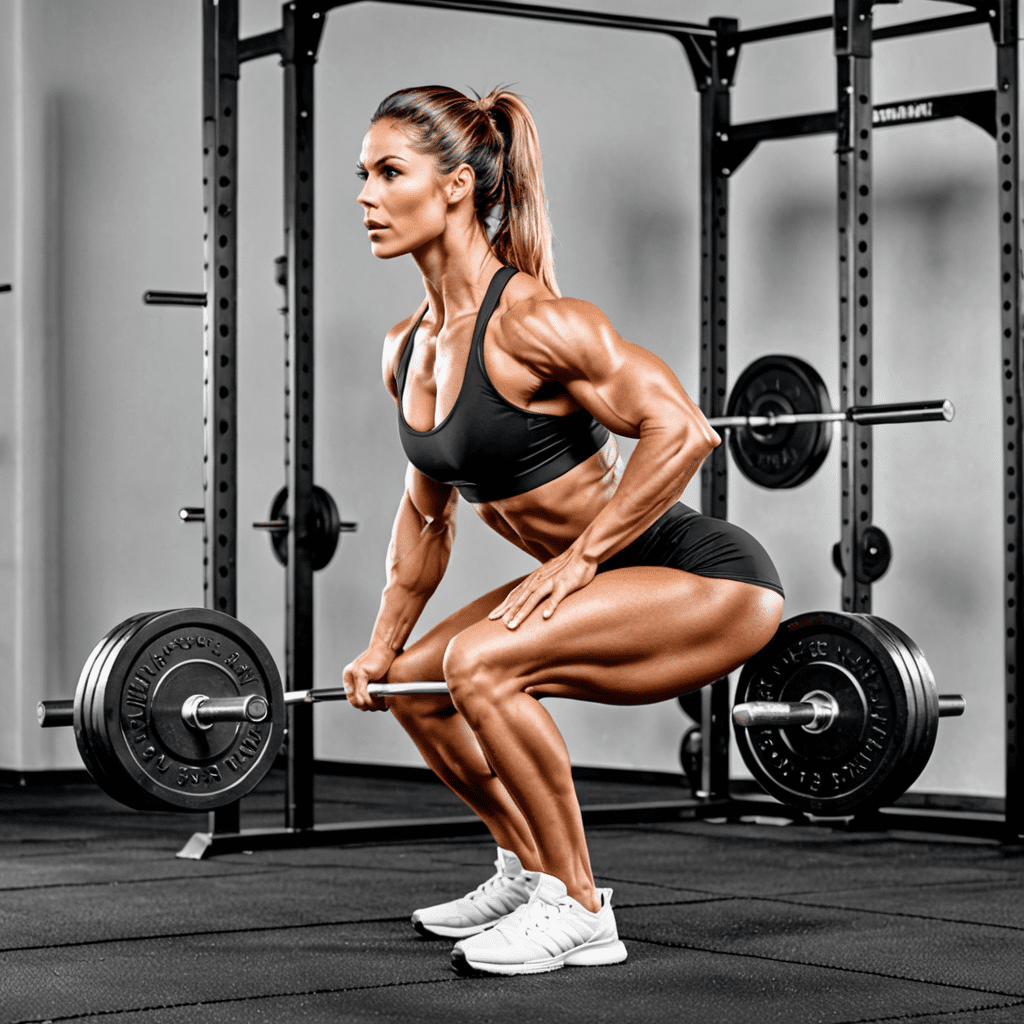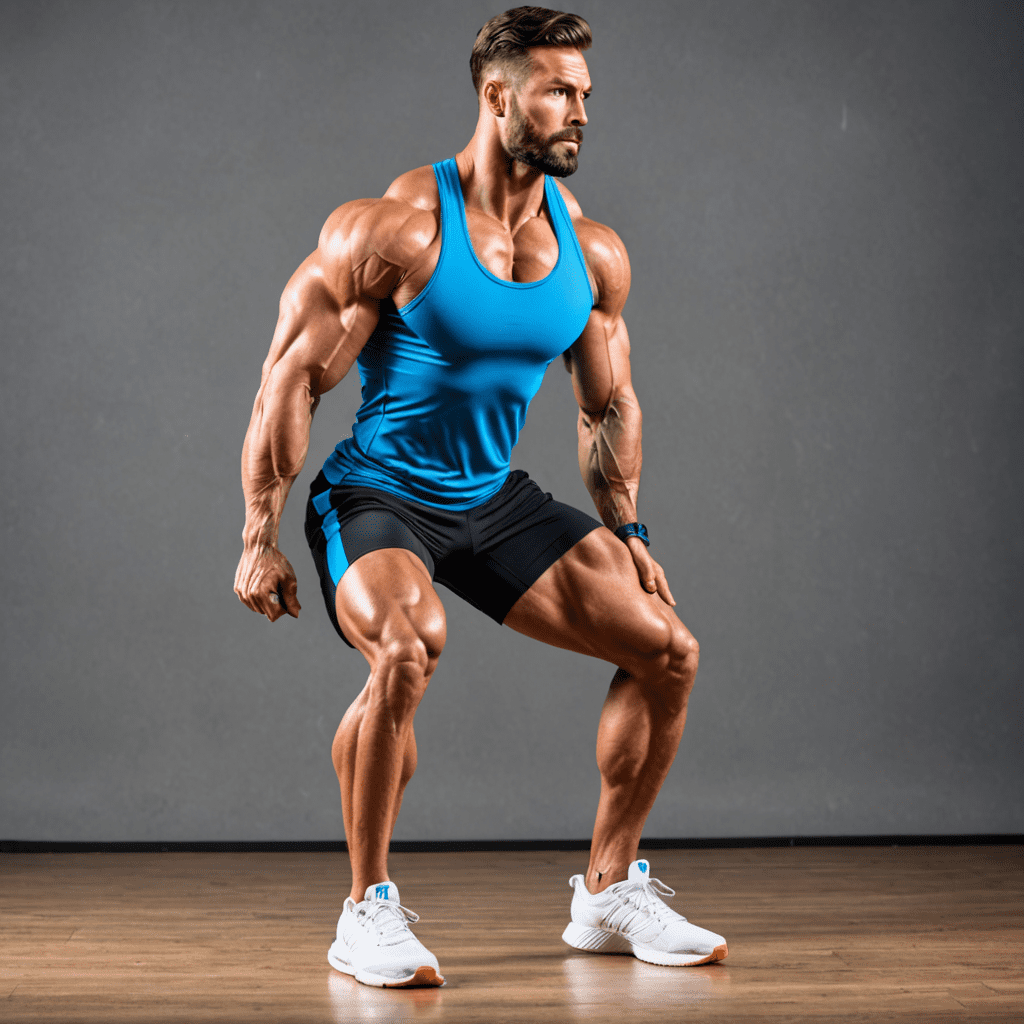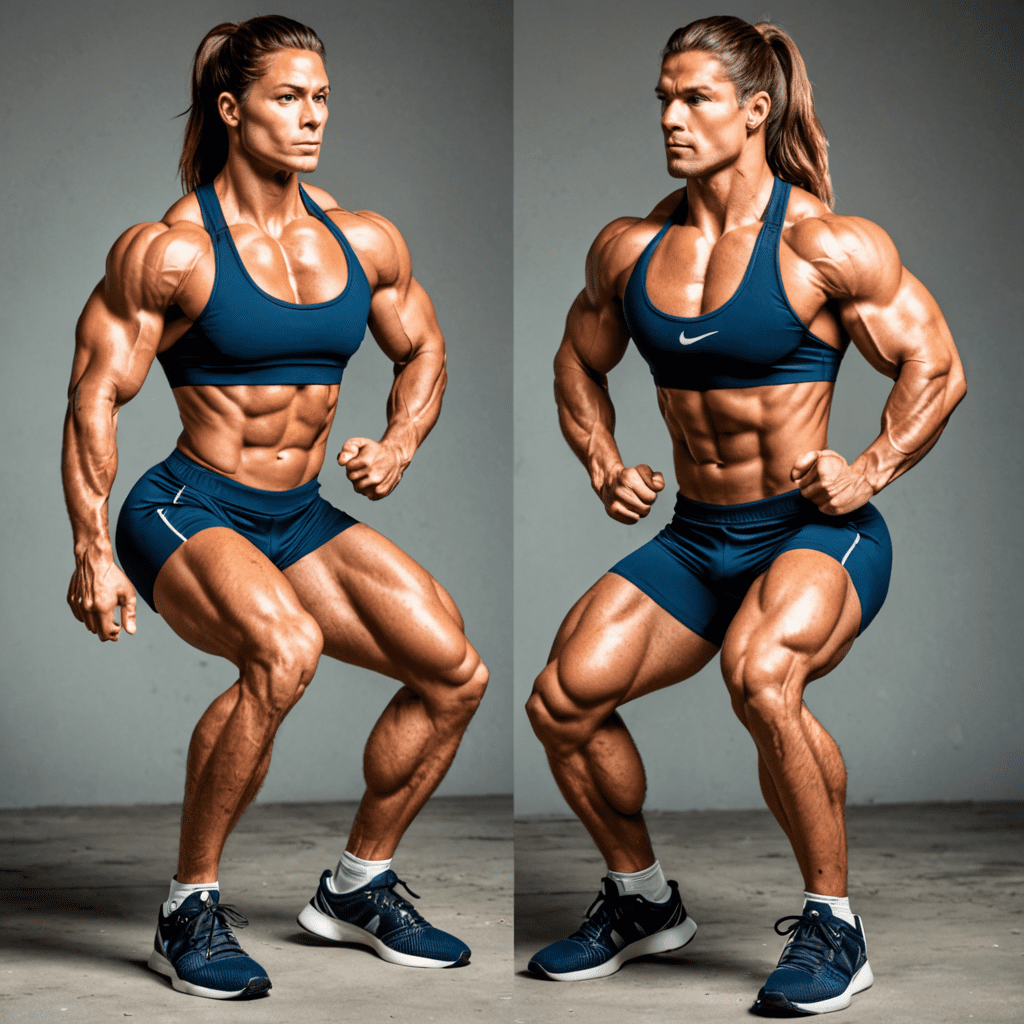
Sculpt Your Body: Discover the Caloric Burn of a Single Squat
As part of a well-rounded fitness routine, strength training exercises, such as squats, play a crucial role in promoting overall health and fitness. The benefits of squats extend beyond just building muscle and improving lower body strength; they also aid in burning calories. Let’s delve into the science behind how many calories a single squat can burn and how this exercise can contribute to your fitness goals.
The Science behind Squats and Caloric Burn
Squats are a compound movement that engages various muscle groups, including the quadriceps, hamstrings, glutes, and core. When you perform a squat, these muscles work in unison to bear the load, stabilize your body, and execute the movement. As a result, squats require a significant amount of energy, leading to a notable caloric burn.
Calories Burned During a Single Squat
The exact number of calories burned during a single squat can vary based on several factors, such as body weight, muscle mass, and intensity of the squat. On average, a person weighing around 155 pounds can expect to burn approximately 5-8 calories per minute during a squatting exercise. Therefore, a single squat may burn around 0.03 to 0.05 calories.
Maximizing Caloric Burn with Squats
To maximize the caloric burn from squats, incorporating variations and intensifying the exercise can be effective. Adding weight, such as a barbell or dumbbells, increases the resistance and, consequently, the calories burned. Additionally, performing squats in quick succession or including them in a high-intensity interval training (HIIT) workout can elevate the overall caloric expenditure.
Integrating Squats into Your Fitness Routine
Integrating squats into your regular fitness routine can contribute to overall calorie expenditure and aid in achieving fitness goals. Coupled with a balanced diet and other forms of exercise, incorporating squats can help in weight management and muscle development. Moreover, the compound nature of squats makes them an efficient exercise for targeting multiple muscle groups simultaneously.
Benefits of Strength Training for Overall Health
Strength training, including exercises like squats, offers a multitude of benefits beyond caloric burn. It improves bone density, enhances posture, and contributes to better functional movement patterns. Moreover, strength training plays a pivotal role in maintaining muscle mass, particularly as we age, and can also aid in preventing injuries and improving athletic performance.
Frequently Asked Questions
Q: Do squats only work the lower body?
A: While squats are renowned for targeting the lower body, they also engage the core, back, and stabilizing muscles, creating a comprehensive full-body workout.
Q: Can squats alone help with weight loss?
A: While squats contribute to calorie burning and muscle development, pairing them with a well-rounded fitness regimen and a balanced diet is essential for effective weight loss.
Q: Are there any variations of squats that can further enhance caloric burn?
A: Yes, variations such as jump squats, weighted squats, and squat pulses can increase the intensity and caloric expenditure of the exercise.
Q: How frequently should squats be performed to see noticeable results?
A: Consistency is key. Incorporating squats into your regular workout routine 2-3 times per week, coupled with adequate rest and recovery, can lead to noticeable improvements over time.
Q: Can squats help in improving posture?
A: Yes, squats target the muscles essential for maintaining proper posture, and incorporating them into a fitness regimen can contribute to improved overall posture and spinal alignment.


